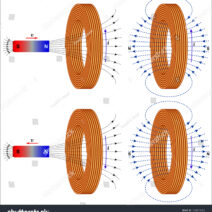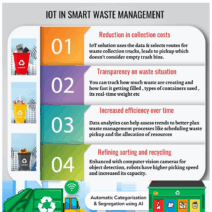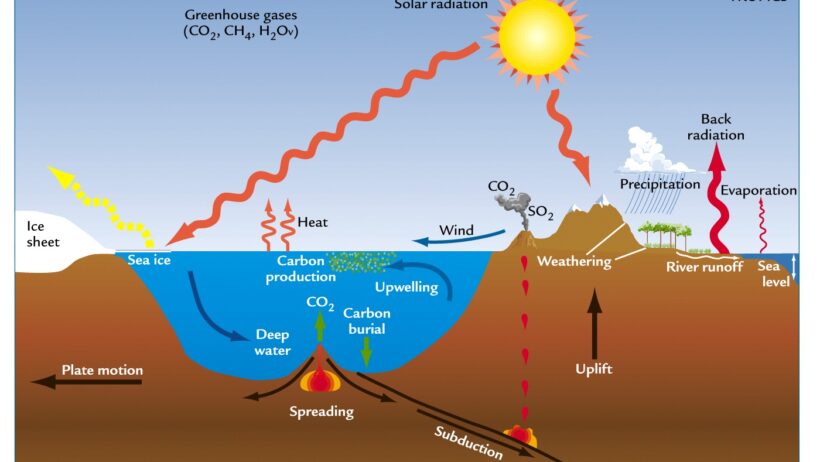Global warming, a pressing issue that requires immediate attention, is primarily driven by the accumulation of greenhouse gases in the atmosphere, which trap heat and elevate global temperatures. In this context, the materials we use in construction, manufacturing, and daily life can significantly affect the climate. One intriguing aspect of this discussion revolves around substances with low heat retention. Do these materials truly assist in mitigating the effects of global warming? To answer this question, it is essential to delve into various factors including the science of heat retention, the properties of specific materials, and broader implications on energy consumption.
The concept of heat retention relates to how materials absorb and store heat energy. Substances with low heat retention tend to have a higher thermal conductivity, allowing them to cool down rapidly. This property is particularly relevant when exploring the insulation capabilities of various materials. Traditional building materials like concrete and brick, for instance, possess high thermal mass, meaning they can absorb and release substantial amounts of heat, often resulting in higher indoor temperatures during warm seasons. Conversely, low heat retention materials, such as certain types of insulation or reflective surfaces, can reduce the need for artificial cooling, ultimately leading to lower energy consumption.
Let us examine some examples of low heat retention materials and their environmental benefits. Materials such as aerogel, a highly porous substance often referred to as the world’s lightest solid, exhibit exceptional insulating properties. It not only minimizes heat retention but also dramatically reduces energy loss in buildings. Astronomical studies have also shown that the use of aerogels in construction can reduce reliance on heating systems by up to 50% in some climates. This reduction in energy dependency directly correlates with lower emissions of carbon dioxide and other greenhouse gases, highlighting aerogel’s potential role in combating climate change.
Another noteworthy mention is the use of reflective roofing materials, such as cool roofs, which are designed to reflect more sunlight and absorb less heat. These roofs can decrease urban heat islands, which are localized areas that experience significantly higher temperatures than their rural surroundings. By mitigating localized warming, cool roofs can also lead to reduced overall energy consumption in urban areas, as buildings require less energy for cooling. Additionally, the implementation of cool roofing systems can provide societal benefits, such as better public health outcomes by lowering heat-related illnesses during extreme weather events.
However, the relationship between materials with low heat retention and global warming is not solely about energy efficiency. It is crucial to consider the larger life cycle of these materials—from extraction and manufacturing to disposal. The environmental impact of producing low retention substances can sometimes outweigh their insulating benefits. For example, while aerogels demonstrate outstanding properties, their production can be energy-intensive and result in significant emissions if not managed properly. Hence, the sustainability of any solution hinges on a comprehensive assessment of its entire life cycle, necessitating a critical evaluation of both materials and methods of application.
Moreover, we must also recognize the implications of behavior change and lifestyle adaptation in conjunction with low heat retention materials. The adoption of such materials necessitates a shift in architectural standards and urban planning practices. For instance, integrating low heat retention materials with renewable energy sources, such as solar panels, can yield synergistic effects. Solar panels generate clean energy, which, when coupled with energy-efficient materials, can facilitate a significant reduction in greenhouse gas emissions over time. The implementation of such combined strategies could lead to a considerable transformation in how we build and power our environments.
Innovation in low heat retention materials continues to advance, leading to the exploration of biobased options. These materials—derived from renewable resources—exhibit promising thermal performance profiles while contributing to sustainability. Research into mycelium (the root structure of fungi) and mushroom-based composites offers potential for environmentally friendly building materials that also possess low thermal retention attributes. By developing bio-based insulation alternatives, we are not only addressing the challenge of global warming but also steering away from reliance on finite fossil fuel resources.
In conclusion, substances with low heat retention can indeed play a pivotal role in mitigating the impacts of global warming, but their effectiveness is dependent on multiple factors. While they can contribute to energy efficiency and reduced emissions through smart design and implementation, a holistic approach must be adopted. This encompasses the assessment of supply chains, adoption of innovative technologies, and proactive policy frameworks that promote sustainable practices. A comprehensive understanding of the interplay between these materials, human behavior, and energy consumption is essential for ensuring meaningful progress in the fight against climate change. As we explore the utilization of low heat retention materials, we are prompted to reevaluate our built environment, fostering a climate-conscious society that prioritizes sustainability and ecological preservation.








